Get PeakVisor App
Sign In
Search by GPS coordinates
- Latitude
- ° ' ''
- Longitude
- ° ' ''
- Units of Length

Yes
Cancel
Share ×

Scan the QR code and open PeakVisor on your phone
❤ Wishlist ×
Choose
Delete
The Never Summer Mountains are located in Colorado in the United States. They are situated on the western boundary of Rocky Mountain National Park and protected by the Never Summer Wilderness. Of the 31 mountains in the range, seventeen are over 12,000 feet (3,658 m) high. Mount Richthofen is the tallest (12,930 ft/3,941 m) and most prominent (2,680 ft/817 m).
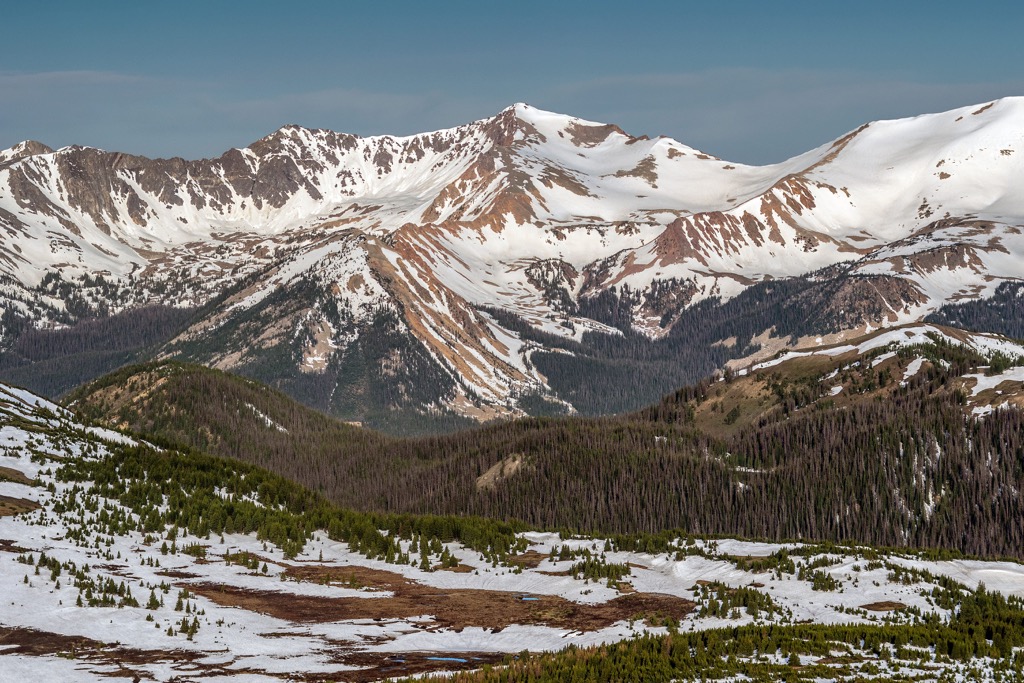
Marked by forested ridgelines and steep tundra, and often swathed in clouds, the Never Summer Mountains lie along the western boundary of Rocky Mountain National Park in Colorado. The mountains straddle the continental divide, splitting the range between the national park in Grand County and Routt National Forest in Jackson County.
The tallest peak, Mount Richthofen (12,930 ft/3,941 m), lies several miles northwest of Milner Pass, Colorado. The peak was named after a German geologist in the 1870s. In total, seventeen peaks tower over 12,000 ft (3,658 m) and the range makes a stunning background for the often photographed views from Trail Ridge Road in Rocky Mountain National Park.

The range, encompassed the Never Summer Wilderness, catches clouds and receives abundant precipitation. Several of the peak names – Mount Cirrus (12,785 ft/3,897 m), Mount Cumulus (12,733 ft/3,881 m), and Mount Nimbus (12,680 ft/3,865 m) – are testament to this fact. Due to the high moisture in some of the high elevation gulches, the range is home to some of Colorado’s oldest and biggest spruce and fir stands. Some trees may be as much as 600 years old and four feet (1.2 m) in diameter.
There are about 20 miles (32 km) of trails in the Never Summer Wilderness. The Bowen Gulch Trail, around 15 miles (24 km) long, is popular and departs from Rocky Mountain National Park.
The Never Summer Mountains are part of the Southern Rocky Mountains along the Colorado Front Range. The Never Summer Range is distinct from the rest of the Rocky Mountains National Park because it contains the youngest bedrock and the only volcanic rock.
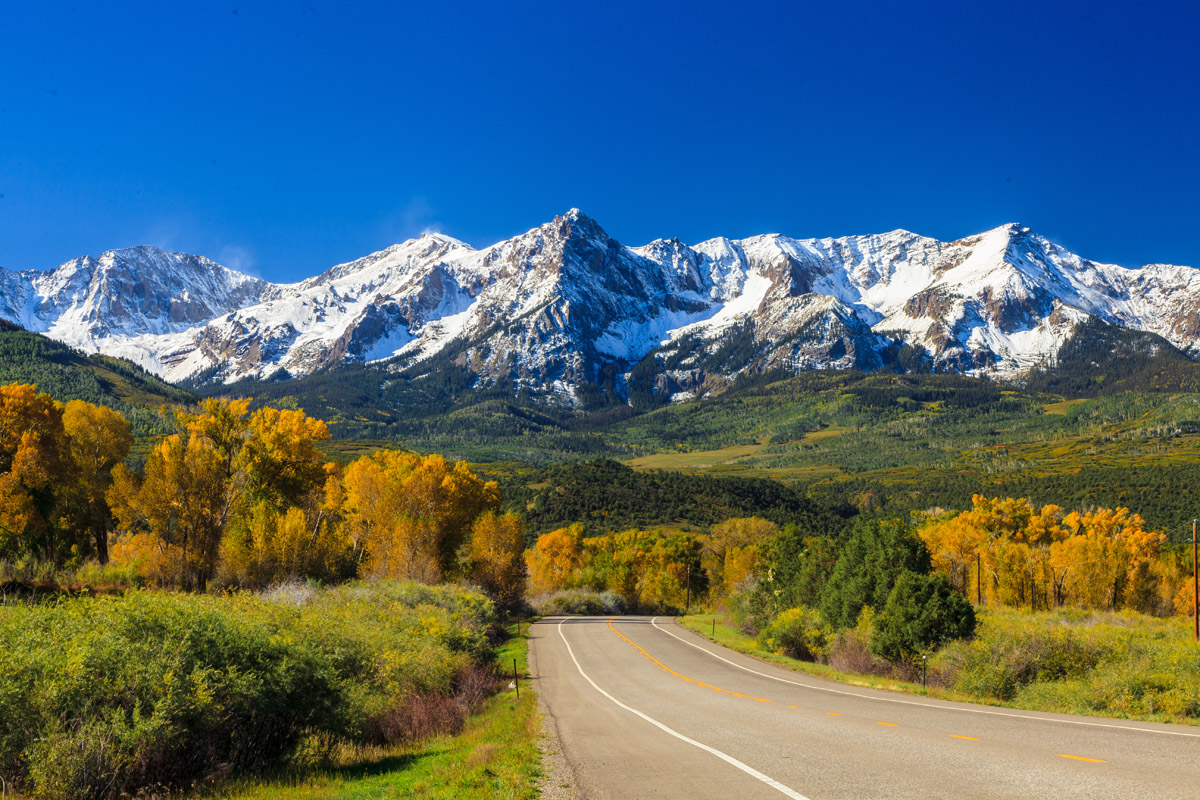
The mountains contain mafic (rich in iron and magnesium) and silicic (rich in silica and aluminum) extrusive volcanic rocks. These include basaltic andesites, rhyolite lavas, and ash flow tuff. There are intrusive igneous rocks between 27 and 29 million years old.
The volcanic material is evidence of a large-scale volcanic event that occurred in western North America during the mid-Tertiary Period 40 to 20 million years ago.
The Rockies overall were shaped by several significant periods. Basement metamorphic and igneous rocks formed 1.7 and 1.6 billion years ago respectively. During the Paleozoic era between 544 and 245 million years ago, the region was largely covered by water. Marine sediment accumulated and later formed sandstone and limestone.
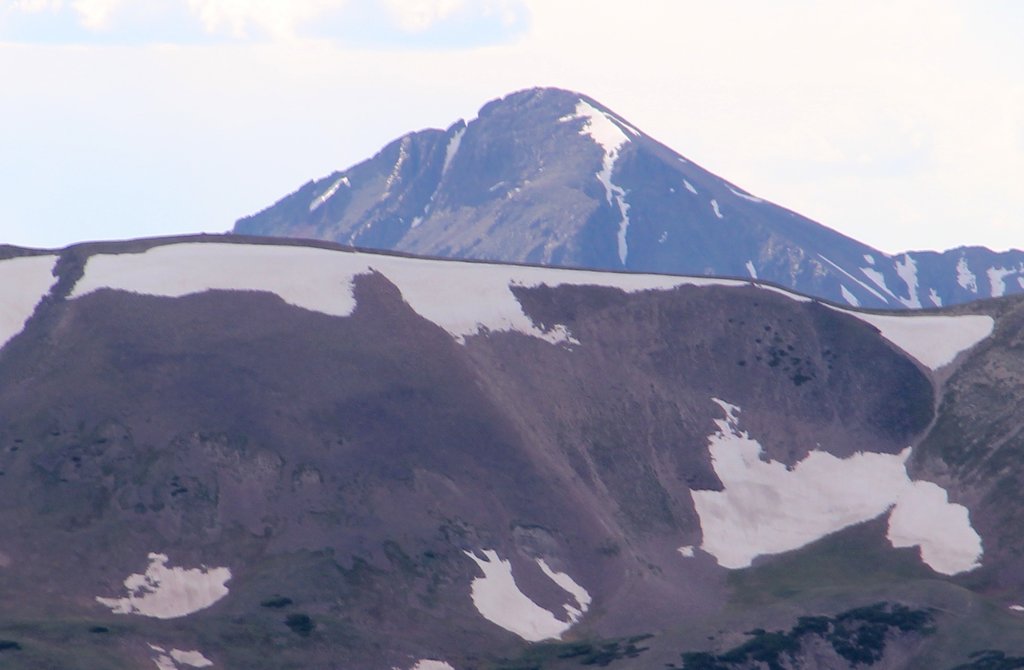
Around 285 million years ago, the ancient Rocky Mountains were uplifted during a mountain building event and then subsequently eroded down over hundreds of millions of years. About 100 million years ago, the area was again submerged beneath a seaway. This episode left behind sandstone formations made up of sedimentary deposits.
The Laramide Orogeny occurred starting 75 million years ago and continuing through the Cenozoic era 65 to 2.6 million years ago, raising the modern Rocky Mountains. This was followed by the volcanic ash falls and mudflows that left behind the igneous rocks of the Never Summer Range.
Uplift and erosion during the Tertiary raised the Rockies even further, removed sedimentary rocks, and exposed basement rocks. Two major episodes of glaciation – the Bull Lake Glaciation 300,000 to 127,000 years ago and the Pinedale Glaciation Period 30,000 to 12,000 years ago, carved out and shaped the region’s topography.
Containing peaks named Mount Cirrus, Cumulus, and Nimbus, it’s no surprise that the Never Summer Mountains receive abundant precipitation and the mountain tops are often surrounded by clouds. Trees in gulches grow very old and large due to all the moisture, some reaching 600 years old and four feet (1.2 m) in diameter. Some of Colorado’s oldest spruce and fir trees can be seen along the Bowen Gulch Trail.
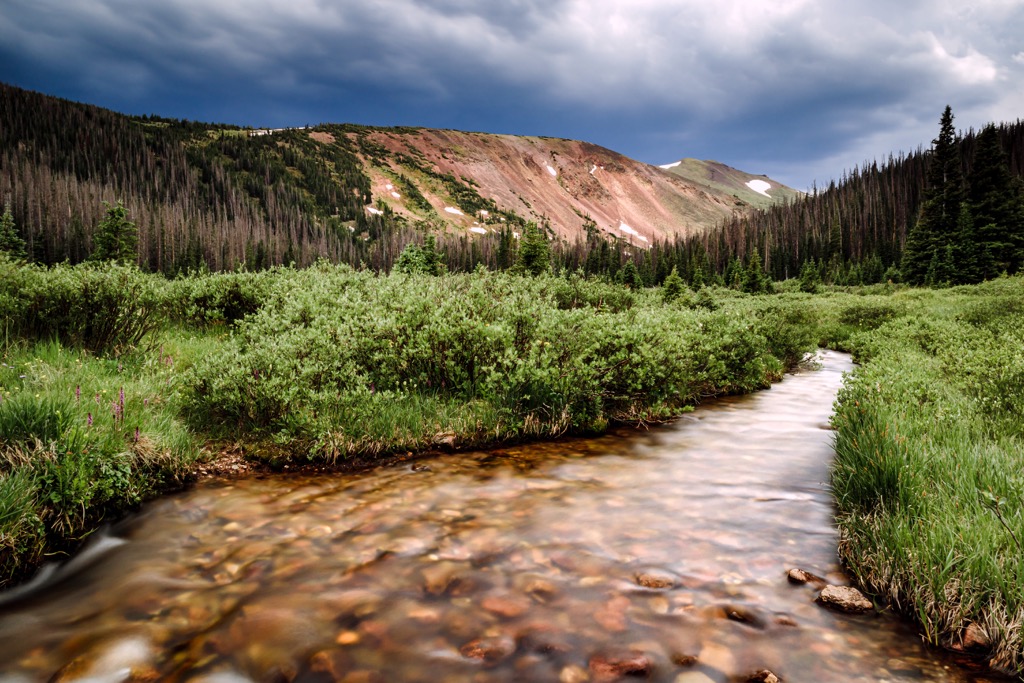
Lodgepole pine grows alongside spruce and fir. High altitude bogs provide habitat for wood frogs, pygmy shrews, and several other species not often seen away from northern muskegs. Water flows from the mountains to the Colorado River, the North Platte River, and the Cache la Poudre River.
The range supports diverse wildlife similar to what can be found in Rocky Mountain National Park – mule deer, coyotes, and black bears to name a few. Given the more remote nature of the range, hikers are more likely to spot moose here than in the busy national park and there may be the occasional wolverine. Mountain lakes and streams here contain trout.
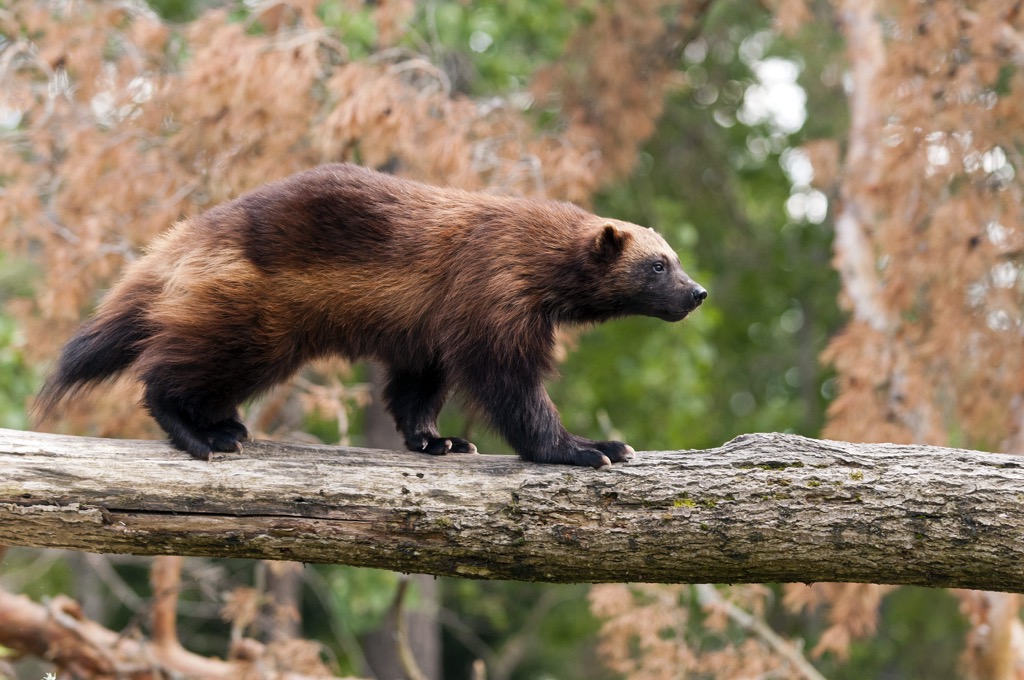
Several Clovis and Folsom projectile points discovered in the Rockies suggest that humans were passing through the Rockies more than 10,000 years ago. However, the mountains were likely used mainly as passing routes with better big game hunting opportunities occuring in valleys and at lower elevations.
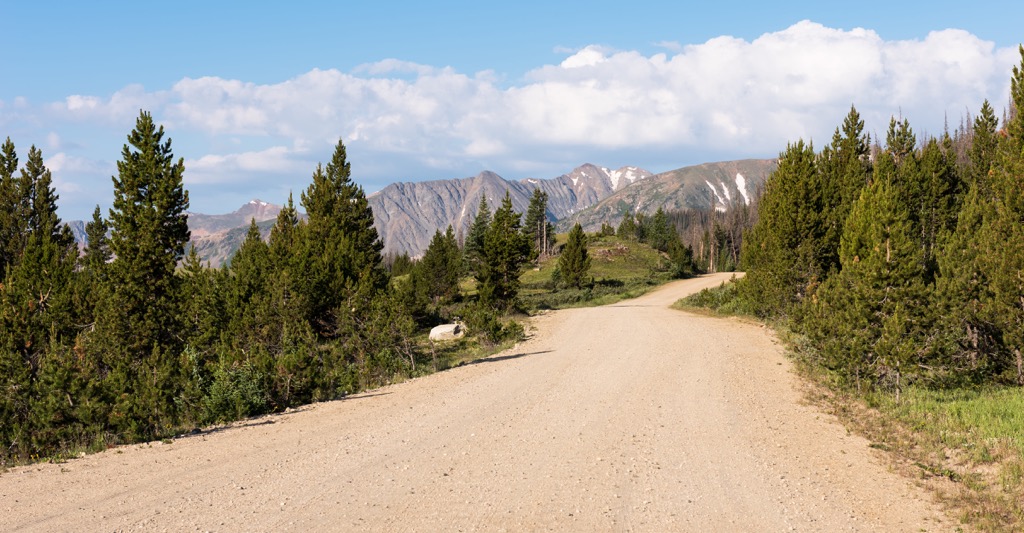
In modern history, the region around Rocky Mountain National Park, Estes Park, and Grand Lake was home to the Utes and Arapahos. They would set up seasonal camps in the region and, while the mountains partially acted as natural barriers, there was conflict between the tribes.
Both tribes quickly lost out on their native lands with the discovery of gold in Colorado in 1858. Native American land previously set aside by treaties was quickly reduced in size. By 1878, the Arapaho were completely removed from Colorado and sent to reservations in Wyoming and Oklahoma.
The Utes held on a little longer due to being more isolated and having more peaceful relations with settlers. They had been granted land in western Colorado but when miners found gold in the San Juan Mountains in 1873, the Utes were forced to give up their land. They were left with only a small piece of southwestern Colorado and a reservation in Utah.
Rocky Mountain National Park was established in 1915 and the Never Summer Wilderness was designated in 1980.
There are about 20 miles (32 km) of trails through the Never Summer Mountains. Some trailheads are located in Rocky Mountain National Park and others in Arapaho National Forest.
One of the most popular routes in the Never Summer Mountains is the Bowen Gulch Trail. It departs from the Bowen Baker Trailhead in Rocky Mountain National Park and ascends west into the Never Summer Wilderness along the top of Bowen Pass. It is 7.4 miles (11.9 km) one way and climbs from 8,832 ft to 11,465 ft (2,692 m to 3,495 m) at Bowen Pass.
Note that you’ll need to pay to enter the national park as the trailhead is located within the park.
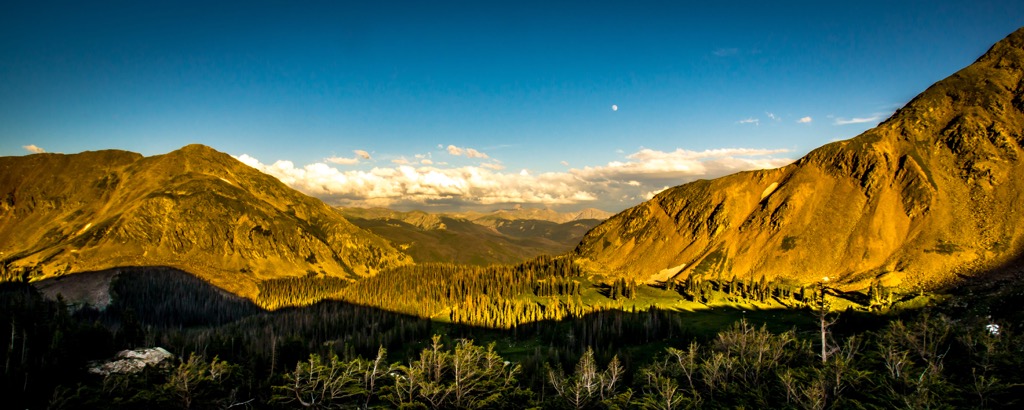
Those looking for a longer hike or overnight trip can take the 19 mile (30.6 km) Baker Gulch to Bowen Lake loop. This challenging route takes on over 4,750 feet (1,448 m) of elevation gain as it climbs and passes Bowen and Parika lakes. This trail is great for backpacking, not overly crowded, and there is a good chance of spotting wildlife, especially moose.
The trail to summit the range’s tallest peak, Mount Richthofen, is a 4.1 mile (6.6 km) loop with 2,640 feet (805 m) of elevation gain. The first part of the hike to Lake Agnes is less challenging but the final push to the summit is quite demanding.
The route along the ridge does not follow a clear trail and hikers must pass over loose rock and scree slopes. It is best to be confident navigating and scrambling to attempt this summit. However, the views from the top are exceptional and good payoff for the scramble up.

The area around the Never Summer Mountains offers numerous options for campgrounds, dispersed camping, rental cabins, and mountain resorts.
Colorado’s capital, Denver, is a three hour drive away and home to 710,000 people. While in the city, check out the Denver Art Museum, Denver Botanic Gardens, and Denver Museum of Nature & Science. If you’re looking for an unparalleled concert experience, catch a show at Red Rocks Park and Amphitheater.
If you’re looking for a taste of nature while in the city, the Rocky Mountain Arsenal National Wildlife Refuge is less than thirty minutes from downtown. It is also easy to reach Rocky Mountain National Park. Another option is to drive up the Mount Evans Scenic Byway, the highest paved road in North America, reaching over 14,250 ft (4,343 m).
You can find a decent selection of cuisines, breweries, cafes, and quirky eateries around Denver. Accommodation options run the gamut from hotels and B&Bs to campgrounds and RV parks outside the city.
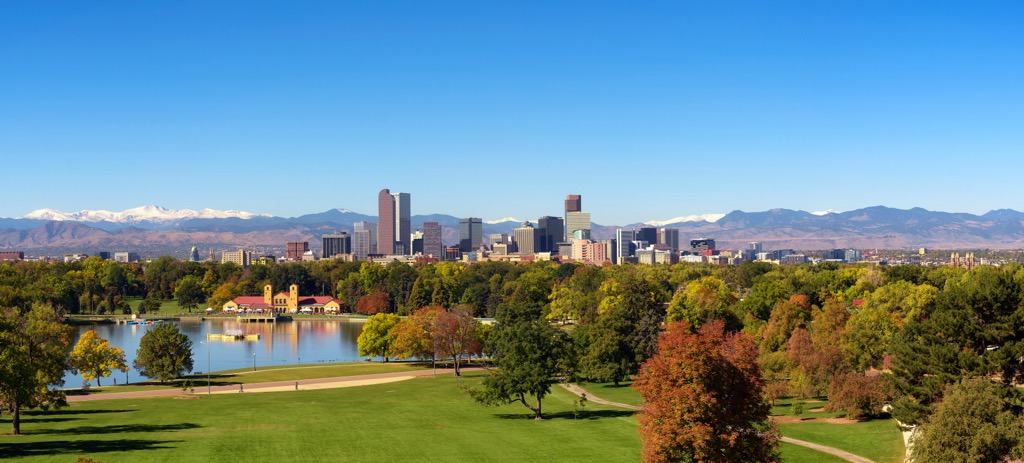
Two and a half hours from the mountains, Fort Collins has a population of 168,000 people. The city produces around 70% of the state’s craft beers and is home to a number of craft breweries. The charming downtown boasts locally-owned stores and quirky cafes. In the summer, the city hosts free live music events in the downtown square.
If you’re looking to stretch your legs while here, head to the Poudre River trail for biking and running or to Horsetooth reservoir – perfect for paddling or exploring the hiking and mountain biking trails that surround it.
In addition to its robust craft brewery scene, the city hosts a good array of dining options including international cuisines, grilles and steakhouses, and cafes. There are historic hotels, motels, campgrounds, and B&Bs for overnight stays.
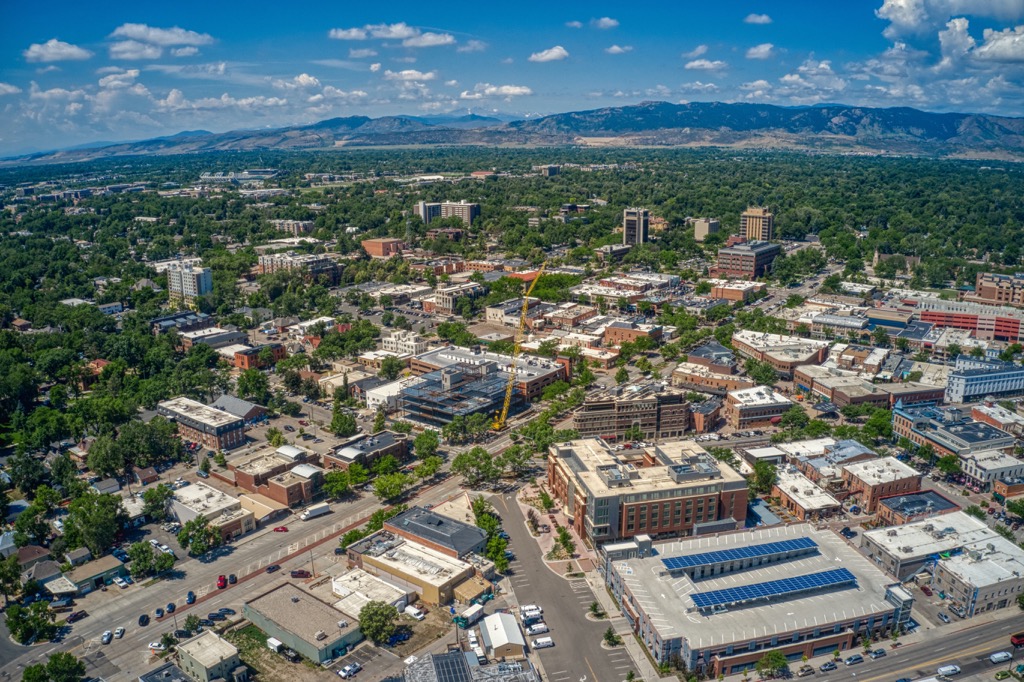
Located 3.5 hours away, Boulder sits at the base of the Rocky Mountains and has a population of 104,000 people. Distinct sandstone formations on the foothills west of town are called the Flatirons and make a stunning backdrop for the city.
Pearl Street in downtown Boulder is perfect for a day out shopping and dining. The city has a vibrant art scene with lots of concerts, galleries, and performances. There are miles of hiking and biking trails surrounding the city and it is only a quick trip from Boulder to reach the slopes for skiing and snowboarding in winter.
Boulder offers plenty of dining options from hardy meals after a long day on the trails to fine dining. Many restaurants source their ingredients locally when possible. Lodging options include hotels, motels, and inns around town and scenic campgrounds and resorts in the mountains nearby.
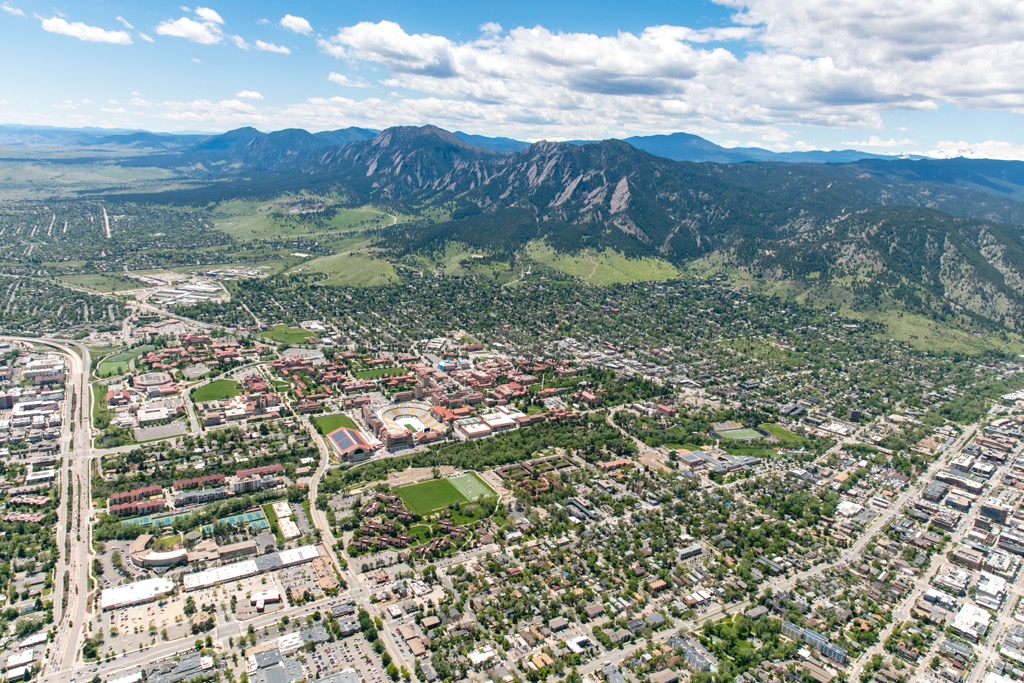
Explore Never Summer Mountains with the PeakVisor 3D Map and identify its summits.








